It is a fascinating experience to look-up at the sky on a clear night. Have you not wondered while looking up, when and how our planet earth came into existence? Or how life began and such diverse forms of life that we see around have evolved? These are some of the mysteries that scientists have tried to answer.
Along with the clouds, sun, moon, stars and our galaxy called the milky way we also have planets in the sky. Some can be seen easily but some cannot be seen without a telescope. The stars which twinkle in the sky at night appear small because they far away from us. Every star is actually a sun
The objects that revolve around the sun are called planets. Earth is also a planet. Including the earth there are eight planets in all revolving around the sun. The sun and the planets put together form the solar system.
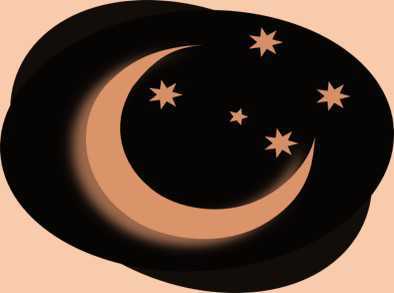
The Sun
The sun lies in the center of the Solar system. It is massive ball of burning gas called a star. It is around 100 times bigger than our earth. Sun looks bigger because it closer to the earth than the any other stars. Sun is very hot because of continuous huge explosion of gases happening in the sun. It gives heat and light to planets in the system. Light from the sun reaches earth in approximately 8 minutes. The sun looks yellow from earth. Without the sun, life is not possible on earth. Sun’s light is very strong so, we should avoid looking at the sun directly as it could damage our eyes.
Sun is very important for our existence on earth. In the absence of sun our earth would be just a ball of ice coated rock.
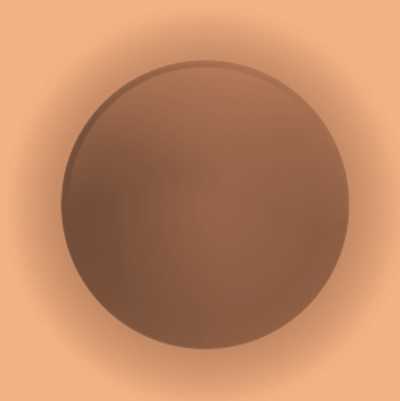
Mercury
The closest planet to the sun is Mercury. It has rocky surface with large holes called craters. These craters were made by fast moving rocks hitting into the planets from the space. When we look at mercury from earth, these craters looks like dark spot. Mercury has no atmosphere. Life is not possible on mercury because it is either too hot or too cold. Mercury has no moon.
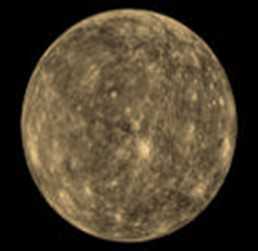
Venus
Venus is the second planet from the sun. It is almost as big as earth. It has thicker atmosphere compared to earth. The sun ray’s passes through the thick clouds and warms the planet’s surface but the cloud stop the heat from escaping which makes the planet very hot. Venus is the hottest planet in the solar system and so life is not possible there. Venus also rotates in the opposite direction as almost all the other planets. Instead of the Sun rising in the east and setting in the west, the Sun on Venus would appear to rise in the west and set in the east. Venus has no moons.
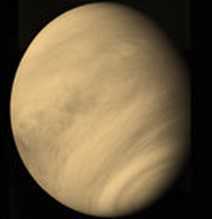
Earth
The earth is at the right distance from the sun and has right mixture of air, heat and water which makes life possible on earth. It is the only planet where life is known to exist. Earth is 7926 miles in size. About 70% of the earth is covered with water and 30% with land. Earth has one moon. Moon is natural satellite. Scientists have sent many man made satellite which revolve around the earth. These satellites help to capture important information about earth such as weather forecast etc. and helps in transmission of radio and television programs. Existence of life on earth makes it unique planet in the solar system.
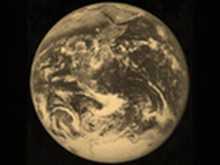
Mars
Mars is cold and fourth planet from the sun. It has two moons. It is a rocky planet. Its surface is covered with red dust and hence called red planet.
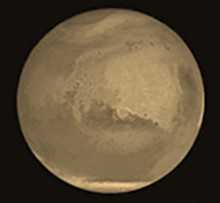
Jupiter
Jupiter is the biggest planet in the solar system. It is the fifth planet from the sun. It is made mostly of gases and does not have solid surface. There is huge storm that has
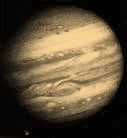
been raging for thousands of years and hence it is referred as stormy planet. Different cloud formation and storms in the atmosphere make Jupiter a colorful planet. It has a big red spot where storm raging for at least 300 years. This red spot is also called “The Eye of Jupiter". Jupiter is also a cold planet. It has more than 60 moons moving around it.
Saturn
Saturn is the second largest planet in the solar system. It is sixth planet from the sun. It is made mostly of gases. It has millions of pieces of rock and ice moving around it. These look like solid rings. Jupiter, Uranus and Neptune also have rings. From far away, these look like solid rings. It has 62 moons.
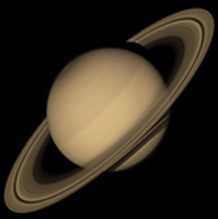
Uranus
Uranus is the seventh planet from the sun. Uranus is a gas giant. Uranus spins differently. It spins on its side. It is an extremely cold planet and hence been called the “ice giant". It has faint rings around it which made of millions of specks of dust. It has 27 moons.
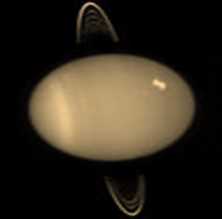
Neptune
Neptune is the eighth planet from the sun. It is very cold planet like Uranus. There is dark blue swirl of storm raging on the planet which makes it look blue in color. It has 14 moons.
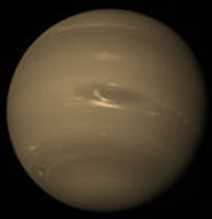
Dwarf Planet
Pluto was considered a planet till 2006. It is now considered as dwarf planet. It has 4 moons.
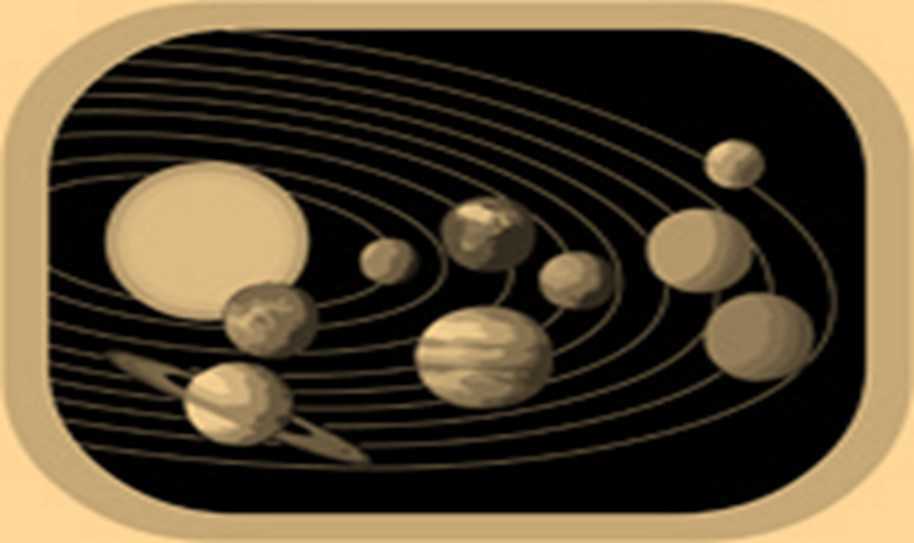
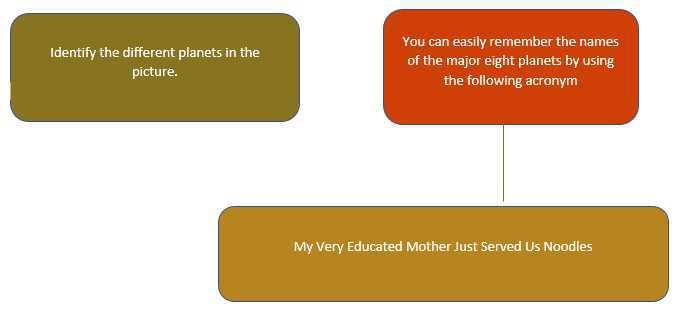

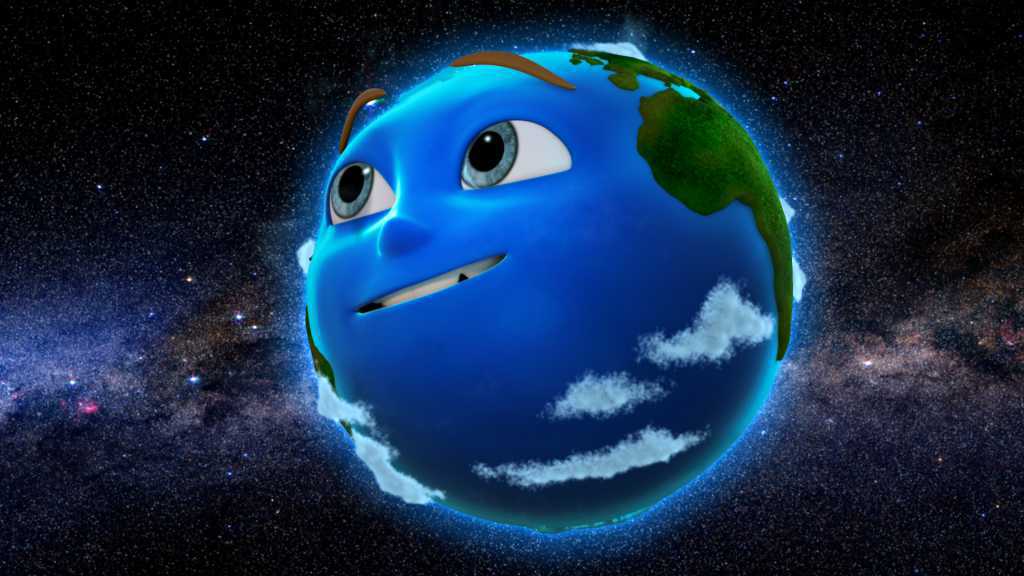















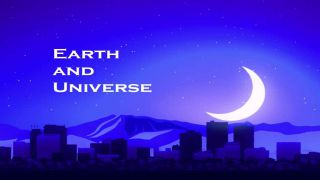
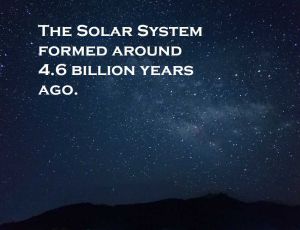
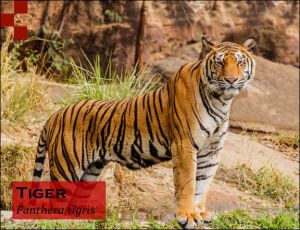







Comments